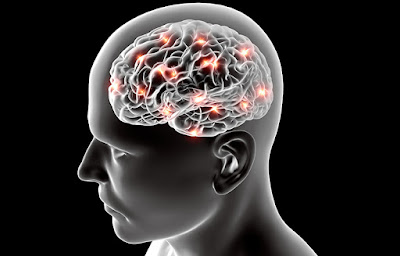As a parent of a child with autism
spectrum disorder (ASD), you want to make their lives and daily experiences as
comfortable as possible. Often, this is done by learning how your child’s mind interprets
their sensory experiences and cultivating an environment that caters to their
needs.
Now, the award-winning
Mente Autism device is available to families with a loved one living with ASD. To learn
more about the Mente Autism device, follow through our step-by-step guide to
using the device and how it can positively benefit the daily routine and life
of children with ASD.
What Is the Mente
Autism Device?
Developed for children with
autism spectrum disorder, the Mente Autism device is a clinical-quality
EEG device created for at-home use. There are three separate components of the
Mente Autism Device: a headband, the Mente Autism application, and a cloud
component. Through the use of the headband, the device delivers sonified
neurofeedback to the child with autism.
Benefits of the
Mente Autism Device
As a parent of an autistic child, your
top priority is ensuring that they are comfortable in their surroundings and
enjoying their life. The Mente Autism device has been proven to deliver a multitude
of benefits to children with autism, including:
Better
communication skills: After regular use of the Mente Autism device,
children with autism were typically able to improve their engagement in
conversations, while initiating an increased amount of them.
Increased ability
and engagement in learning: With improved focus, children using the
Mente Autism device are able to demonstrate an increased participation in
learning and educative activities.
Better behavior: Finding moments
of relaxation for your autistic child can be difficult at times. However, the
Mente Autism device has been shown to decrease moments of agitation and
increase their relaxation.
More creativity: Users of the
Mente Autism device have experienced an increase in their ability to be
creative as it pertains to role-playing games for an extended period of time.
Your Step-by-Step
Guide to Using the Mente Autism Device
1. Discuss
with your child’s doctor if the Mente Autism device is right for their needs. The
symptoms of children with autism spectrum disorder vary greatly between
individuals. Before starting any medical treatment, make sure that you discuss
your options with your family doctor to ensure that using the Mente Autism
device is right for your child’s unique needs. Ideally, the Mente Autism device
should be used by children aged 3 to 12, with positive results being observed
after a period of 4-8 weeks.
2. Schedule
a morning therapy session. The Mente Autism
device is recommended to be used in the morning for a 40-minute
session. The headband device is suited on the user, sending soothing BINAURAL sounds
to the wearer of the device.
3. Upload
the data. When the 40-minute treatment is over, the session can be uploaded to generate a report that can be tracked
over time on the Mente Autism app.
When used correctly, the Mente Autism
device can help your child thrive. If you’re interested in learning about how
the Mente Autism device can positively impact the life of your child with ASD,
visit our How It Works page today.
Neurotech’s
unique mission statement “to improve the lives of people with neurological
conditions” & making in home-use and clinical solutions accessible and
affordable sets us apart from other neurofeedback solutions. Mente Autism is the world’s first medical
device for affordable home use specifically designed to help children WITH ASD relax
their minds which in turn helps them to focus better and engage positively with
their environment. We invite you to contact us or any of our distribution
partners to learn more about this groundbreaking technology.






